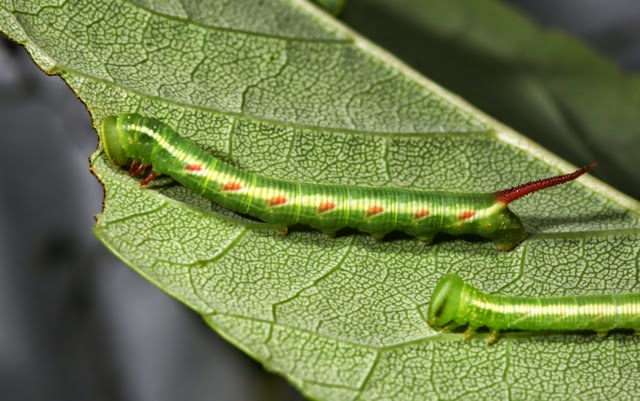From Jennifer Ailor, Master Naturalist
For years I’ve heard about the beautiful but rare in these parts fringetree,
Chionanthus virginicus L. It’s a native of the south and eastern U.S., whose northwestern range just barely reaches into the border country of southwest Missouri/northwest Arkansas. I finally bought one from Wickman’s Gardens in Springfield, though Garden Adventures of Nixa also carries them.
My tree bloomed the first year: lacy clusters of fragrant white blossoms hanging in fringes like finely shredded strips of paper. What a beauty! Mine bloomed in early May both years I’ve had it, lasting for about two weeks. The tree can grow to more than 30 feet in the wild, but in gardens 12-20 ft. is more common.
The tree grows in full sun to partial shade and prefers moist, fertile soils. In the wild, you’ll find it in rich, moist woods and hillsides, moist stream banks, limestone glade margins and rocky bluffs and ledges, according to the Missouri Botanical Gardens. You’ll need to water it in prolonged droughts.
The tree is dioecious (separate male and female plants) but may have flowers on each plant. Male flowers are more showy. Fertilized female flowers produce clusters of olive-like fruits that ripen to a dark, bluish black in late summer—good food for birds and wildlife. Mine must be a male tree because I haven’t seen any fruits.
 |
| Waved sphinx moth - REK |
Editor's note:
As an added benefit, the fringetree is a host plant for larvae of the rustic, waved and fawned sphinx moths. We commonly see the waved sphinx moth,
Ceratomia undulosa at our deck light along Bull Creek. By a wild coincidence, Chris Barnhart just sent me these pictures of the
C. undulosa larvae just after hatching.




